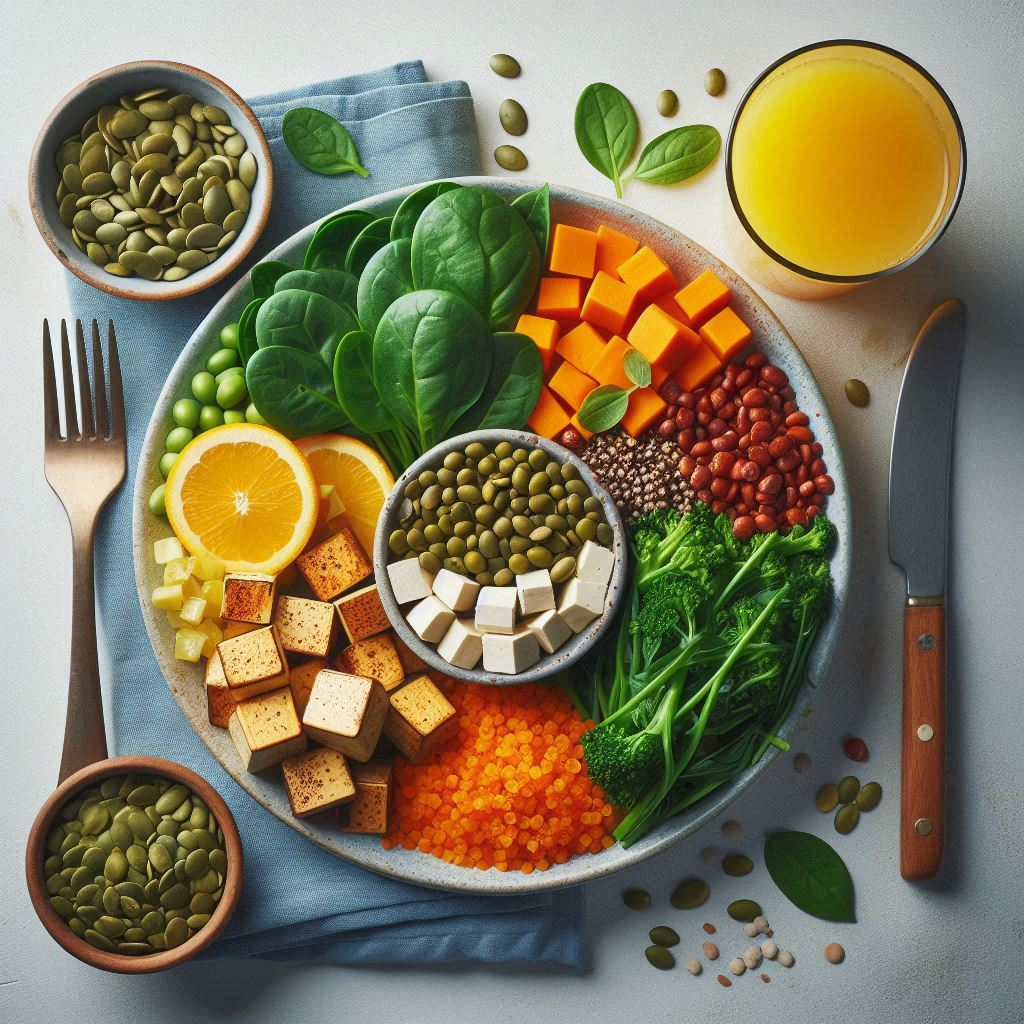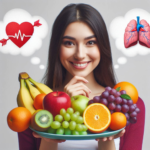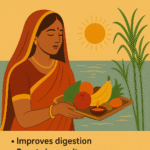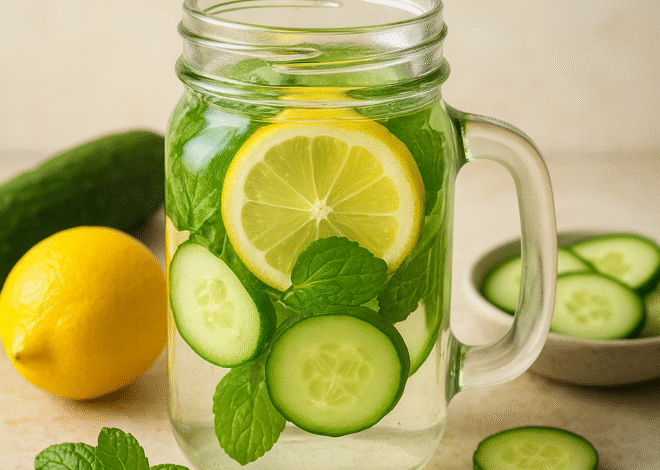
Iron Deficiency, Anemia, Diet, Nutrient
Iron deficiency anemia occurs when the body doesn’t have enough iron to produce hemoglobin, the protein in red blood cells that carries oxygen. It’s a common type of anemia and can lead to symptoms like fatigue, weakness, and paleness.

Diet and Nutrients to Combat Iron Deficiency:
- Iron-Rich Foods:
- Red Meat: Beef, pork, and lamb are excellent sources of heme iron, which is easily absorbed by the body.
- Poultry and Fish: Chicken, turkey, and seafood also provide heme iron.
- Legumes: Lentils, chickpeas, beans, and peas are great plant-based sources of non-heme iron.
- Leafy Greens: Spinach, kale, and Swiss chard are rich in non-heme iron.
- Fortified Foods: Some cereals and grains are fortified with iron.
- Vitamin C:
- Enhances the absorption of non-heme iron. Include foods like oranges, strawberries, bell peppers, and broccoli in your meals.
- Iron Absorption Tips:
- Avoid drinking tea or coffee with meals as they can inhibit iron absorption.
- Pair iron-rich foods with those high in vitamin C to maximize absorption.
- Iron Supplements:
- If dietary changes aren’t enough, supplements might be necessary. Consult with a healthcare provider for the right type and dosage.
- Avoid Excessive Calcium:
- High calcium intake can interfere with iron absorption. If you take calcium supplements, try to do so at a different time than iron-rich meals.
- Cooking Tips:
- Cooking in cast iron pans can increase the iron content of your food.
Iron-Rich Foods

Heme Iron (More Easily Absorbed):
- Red Meat: Beef, lamb, pork.
- Poultry: Chicken, turkey.
- Fish and Seafood: Tuna, salmon, shrimp.
Non-Heme Iron (Plant-Based):
- Legumes: Lentils, chickpeas, beans (black, kidney).
- Leafy Greens: Spinach, kale, Swiss chard.
- Tofu and Tempeh: Good plant-based sources.
- Fortified Foods: Breakfast cereals, bread, pasta.
2. Vitamin C-Rich Foods
Vitamin C enhances the absorption of non-heme iron. Include these in your meals:
- Citrus Fruits: Oranges, grapefruits, lemons.
- Berries: Strawberries, blueberries.
- Bell Peppers: Especially red peppers.
- Tomatoes: Fresh or in sauces.
3. Foods That Support Red Blood Cell Production
- Vitamin B12: Essential for red blood cell formation. Found in animal products like meat, dairy, eggs, and fortified cereals.
- Folate (Vitamin B9): Important for cell division and the formation of red blood cells. Found in leafy greens, legumes, nuts, and fortified grains.
- Copper: Helps with iron absorption and red blood cell formation. Found in nuts, seeds, shellfish, and whole grains.
4. Iron Absorption Tips
- Avoid Calcium-Rich Foods During Iron-Rich Meals: Calcium can inhibit iron absorption. If you consume dairy, try to do so at different times than your iron-rich meals.
- Cook in Cast Iron Pans: This can increase the iron content of your food.
Foods to Limit
- Tannins and Phytates: Found in tea, coffee, and some whole grains. They can interfere with iron absorption, so try to consume them separately from iron-rich meals.
Normal Hemoglobin Levels
- Adults:
- Men: Typically 13.8 to 17.2 grams per deciliter (g/dL)
- Women: Typically 12.1 to 15.1 grams per deciliter (g/dL)
- Pregnant Women:
- Usually 11.0 to 12.0 grams per deciliter (g/dL)
- Children:
- Newborns: 14.0 to 24.0 grams per deciliter (g/dL)
- Infants: 10.0 to 17.0 grams per deciliter (g/dL)
- Children (1 to 12 years): 11.5 to 15.5 grams per deciliter (g/dL)










